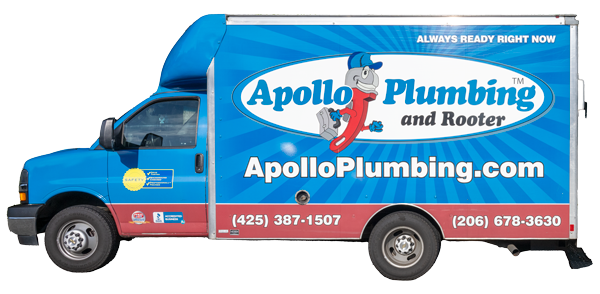
A clogged drain can bring your day to a screeching halt. Whether it’s a slow trickle in the kitchen sink or a standing puddle in the shower, a clogged drain is an unwelcome guest in any home. But before you call in a plumber, take a deep breath and grab your trusty plunger! Often, you can tackle these clogs yourself with a little know-how and some common household items.
This step-by-step guide will equip you with the knowledge and tools to unclog your drain like a pro. We’ll explore different methods for kitchen sinks, bathroom sinks, and bathtubs, as well as preventative measures to keep those drains flowing freely.
Understanding the Clog:
Before diving into solutions, let’s understand the potential culprits causing your drainage woes. Common causes include:
Hair: A major culprit in bathroom drains, hair accumulates over time, forming a stubborn clog.
Grease and Food Particles: Grease buildup in kitchen sinks can solidify and trap food particles, leading to clogs.
Soap Scum: Mineral deposits from soap scum can build up in both bathroom and kitchen drains, contributing to clogs.
Foreign Objects: Small toys, jewelry, or other objects accidentally flushed down the drain can cause blockages.
Safety First:
Always wear gloves while dealing with clogged drains to protect yourself from bacteria and sharp objects. If you suspect a chemical clog or a deep-seated blockage, it’s best to call a professional plumber.
Learn more: How Often Should Drains Be Professionally Cleaned?
Unclogging Your Kitchen Sink:
The kitchen sink is a battleground for grease and food scraps. Here’s what you can do:
1. Boiling water:
For minor clogs, try pouring a pot of boiling water down the drain. The hot water can help melt grease and loosen debris.
2. Baking soda and vinegar:
This classic combination creates a fizzing reaction that can break down mild clogs. Pour half a cup of baking soda down the drain, followed by a cup of white vinegar. Let the mixture sit for 15 minutes, then flush with hot water.
3. Plunging:
Use a sink plunger to create suction and dislodge the clog. Fill the sink with enough water to cover the cup of the plunger. Plunge vigorously for 15-20 seconds, then release and repeat.
4. Plumber’s Snake:
For stubborn clogs, a plumber’s snake (also known as a drain snake) can be your weapon of choice. Insert the snake into the drain and crank the handle to break up the clog. Be sure to follow the manufacturer’s instructions for safe and effective use.
Unclogging Your Bathroom Sink:
Bathroom sinks are susceptible to hair clogs. Here’s how to tackle them:
1. Drain Stopper Removal:
Many bathroom sinks have removable drain stoppers. Unscrew the stopper and clear any accumulated hair or debris.
2. Baking Soda and Vinegar (Again!):
This trusty duo can work wonders in bathroom sinks as well. Follow the same method as for the kitchen sink.
3. Hot Water and Wire Hanger:
For stubborn hair clogs, straighten a wire hanger and create a small hook at the end. Carefully insert the hook into the drain and attempt to fish out the hair clog. Follow with hot water to flush any remaining debris.
Unclogging Your Bathtub:
Bathtubs often deal with hair and soap scum build-up. Here are some solutions:
1. Baking Soda and Vinegar:
Yes, they make another appearance! This method is effective for mild clogs.
2. Baking Soda and Salt:
Mix equal parts baking soda and salt, and pour the mixture down the drain. Let it sit for 30 minutes, then flush with hot water.
3. Plunging:
Use a bathtub plunger, which is designed with a larger flange to create a better seal. Fill the tub with enough water to cover the plunger head, and plunge vigorously for 15-20 seconds.
Prevention is key.
The best way to deal with clogged drains is to prevent them in the first place. Here are some tips:
- Install drain screens: Use strainers in your kitchen sink and bathroom drains to catch hair and food scraps before they enter the drainpipe.
- Avoid pouring grease down the drain: Let grease cool and solidify before disposing of it in the trash.
- Clean regularly: Regularly pour a pot of boiling water down your drains to help melt grease and prevent buildup.
- Don’t flush foreign objects: Only flush toilet paper down the toilet to avoid blockages.
When to call a plumber:
If you’ve tried all the methods above and your drain remains clogged, it’s time to call Professional Plumbing Repairs.

